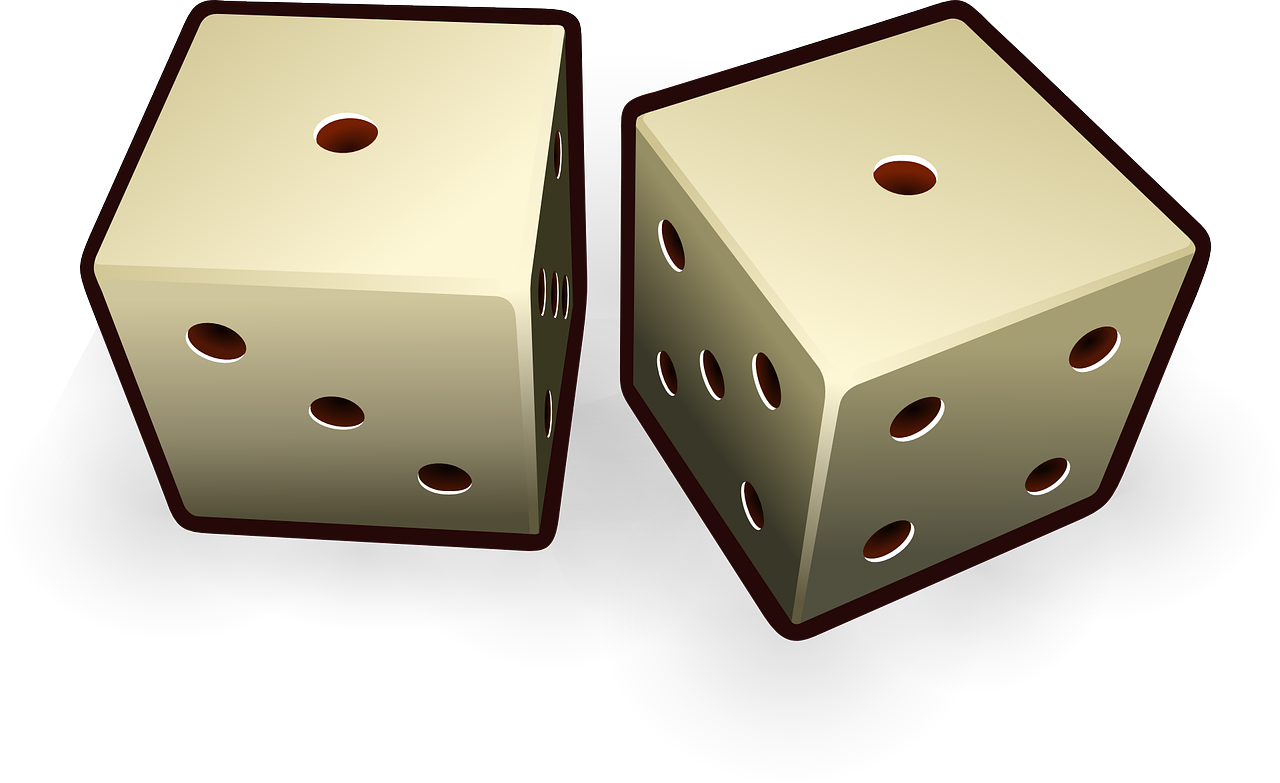If you’re just beginning your trading journey, there are two essentials that you absolutely must have before you start. Nobody wants to lose money in the market, but the fact is that every trader will lose money. The difference in a successful trader and a failing trader is that the successful trader knows how to plan the trade and trade the plan. Simply put, they know that their trading edge and trading plan are the key factors in being a successful trader.
What is a trading plan?
A trading plan is a written document that outlines a trader’s strategy and approach to trading. The specific details of a trading plan will vary depending on the trader’s individual style and preferences, but here is an example of what a typical trading plan might include:
- Trading goals: The trader should clearly define their trading goals, such as the desired rate of return, the amount of capital to be invested, and the time frame for achieving their goals.
- Market analysis: The trader should conduct a thorough analysis of the market, including an assessment of overall market trends, sector performance, and individual stock performance. This analysis should be based on statistical data and technical analysis.
- Entry and exit criteria: The trader should establish clear criteria for entering and exiting trades, based on their analysis of market trends and statistical advantage. This could include specific price levels, chart patterns, or other technical indicators.
- Risk management: The trader should define their risk management strategy, including position sizing, stop-loss orders, and maximum loss limits. This is essential for managing risk and avoiding catastrophic losses.
- Trading journal: The trader should keep a trading journal to record all trades, including entry and exit points, position sizes, and profits or losses. This can help the trader to analyze their performance and identify areas for improvement.
- Review and evaluation: The trader should regularly review and evaluate their trading plan and performance, making adjustments as necessary based on changes in market conditions or their own experience.
What does statistical advantage mean, and how might it relate to trading stocks?
A statistical advantage is a probability-based advantage that arises from the analysis of historical data. In the context of trading stocks, a statistical advantage could mean identifying patterns and trends in the historical data of a particular stock or the overall market that could be used to make informed trading decisions. For example, a trader might use technical analysis to identify historical price patterns and support and resistance levels in a particular stock.
By analyzing this data, the trader might identify a statistical advantage in predicting the future price movements of that stock. Another way a statistical advantage might relate to trading stocks is through the use of quantitative models and algorithms. These models use statistical analysis to identify market trends and patterns that could be used to make profitable trades.
When people say trading edge they are referring to a statistical advantage. A trading edge is a statistical or strategic advantage that a trader possesses, which increases their chances of making profitable trades in the stock market. This edge can come from a variety of sources, including a deep understanding of market trends and patterns, access to privileged information, advanced technical analysis skills, or proprietary trading algorithms.
Having a trading edge means that a trader has a higher probability of being right in their market predictions than the average market participant. This can lead to consistently profitable trades and long-term success in the stock market. Having a trading edge does not guarantee profits, but rather it increases the probability of success. To maintain a trading edge, you must constantly adapt and refine their strategies based on changing market conditions and evolving market trends.
Remember the saying, you have to survive until you thrive. The key to doing so is keeping your losers small and your winners big, and the only way to achieve those two things is to plan your trade and trade your plan!
Find other tips, tricks, and content on these other fine social media platforms. Please subscribe/follow to stay informed of the latest content!
